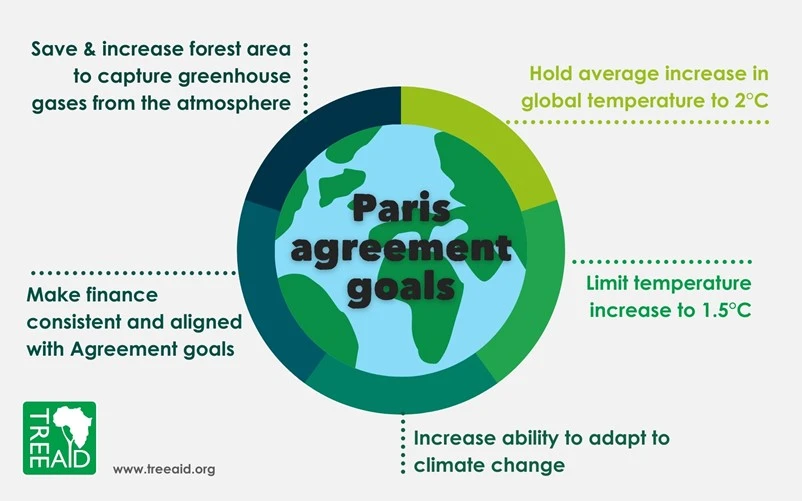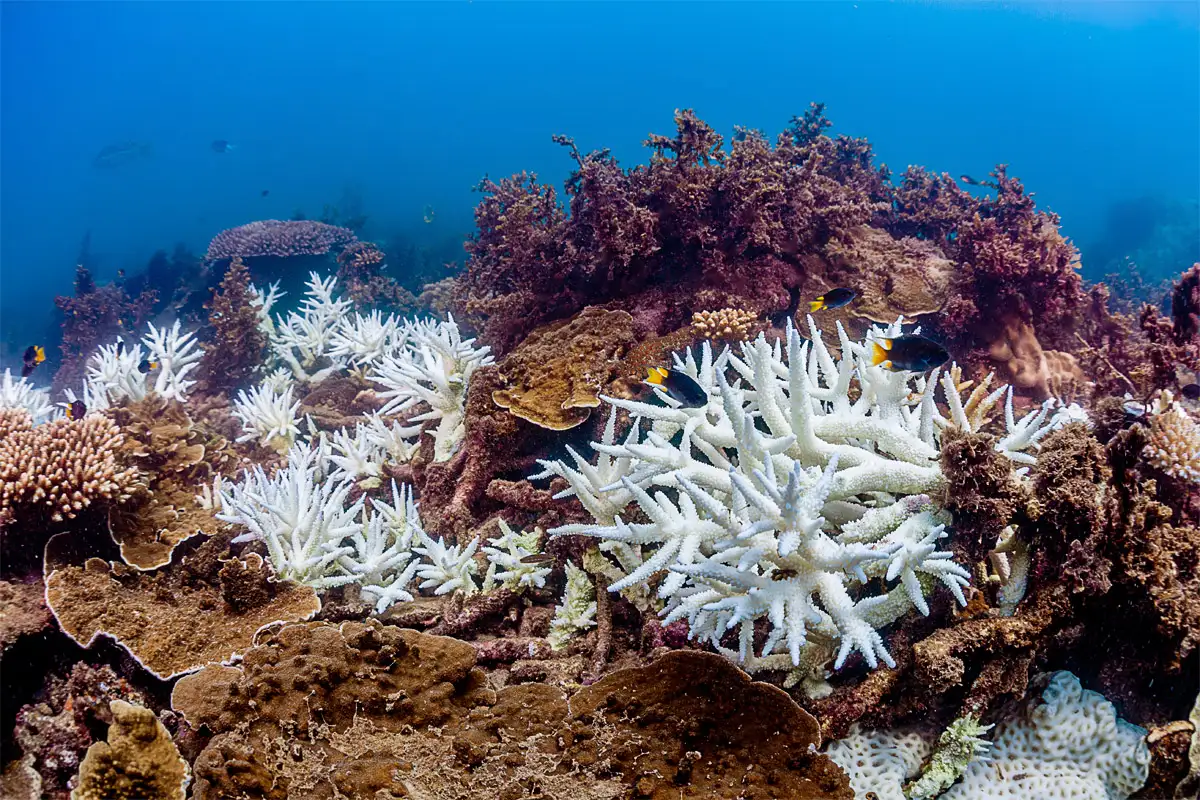For the first time, global warming has exceeded the critical threshold of 1.5°C over an entire year, according to the EU’s climate service. This development underscores the urgent need for global action to mitigate the most damaging impacts of climate change. Keeping long-term temperature increases below this level is essential to avoid catastrophic consequences for our planet.
The Paris Agreement: A Global Commitment
In 2015, world leaders convened in Paris and pledged to prevent global temperatures from rising by more than 1.5°C. This historic agreement saw almost every nation on Earth commit to reducing greenhouse gas emissions, the primary drivers of global warming. Adopted by 194 parties (193 countries plus the EU) on December 12, 2015, the Paris Agreement came into force on November 4, 2016.
The agreement outlines several key commitments:
– Temperature Goals: To “pursue efforts” to limit global temperature rise to 1.5°C and to keep them “well below” 2.0°C above pre-industrial levels.
– Net Zero Emissions: To limit greenhouse gas emissions from human activity to levels that can be naturally absorbed by trees, soil, and oceans—achieving net zero between 2050 and 2100.
– National Targets: Each country sets its emission-reduction targets, reviewed every five years to enhance ambitions.
– Climate Finance: Richer countries are to provide funding to poorer nations to help them adapt to climate change and transition to renewable energy.

Why 1.5°C Matters
The 1.5°C target is crucial because every 0.1°C increase in global temperature brings greater risks. Scientists warn that exceeding this threshold would result in longer heatwaves, more intense storms, and more frequent wildfires. The impacts would become much more extreme as the world approaches 2°C, with some changes potentially becoming irreversible.
The potential consequences of a 2°C increase compared to 1.5°C include:
– Hotter Days: Extreme hot days would be on average 4°C warmer at mid-latitudes, compared to 3°C at 1.5°C.
– Sea-Level Rise: Sea levels would rise 0.1m higher, exposing up to 10 million more people to frequent flooding.
– Coral Reefs: More than 99% of coral reefs would be lost, compared to 70-90% at 1.5°C.

Tracking Progress: COP Summits
World leaders meet annually at the Conference of the Parties (COP) to discuss climate commitments. Since the Paris Agreement, COPs have tracked how countries are building on their promises. Despite these efforts, current pledges still put the world on track for around 2.1°C of warming by 2100, according to the independent Climate Action Tracker.
The UK, for instance, has a legally binding commitment to reduce emissions by 68% by 2030 compared to 1990 levels. However, recent policy delays have raised concerns about meeting these targets. In September 2023, Prime Minister Rishi Sunak announced delays to several green policies, such as the phase-out of new petrol and diesel cars. The UK government’s independent climate advisers warned that these delays are likely to hinder the country’s ability to meet its legal commitments.
COP28: Progress and Challenges
At COP28 in December 2023, countries agreed for the first time to “contribute” to “transitioning away from fossil fuels,” although no mandatory actions were enforced. UN analysis for COP28 emphasized the need for “deep, rapid and sustained reductions” in greenhouse gas emissions to prevent permanently breaching the 1.5°C threshold.
The Paris Agreement also reaffirmed a commitment first made in 2009, where richer countries promised to provide $100 billion annually by 2020 to help developing nations cope with climate change and build greener economies. Although only $83.3 billion was raised in 2020, the OECD believes the 2022 figures will show that the goal was likely met.
In addition to these commitments, developing countries have long demanded compensation for “loss and damage” due to climate change. Progress was made at COP28, where delegates agreed to launch a fund for this purpose. Contributions totaling around $700 million were announced by the EU, UK, US, and others.
The Path Forward
The exceeding of the 1.5°C threshold marks a critical juncture in the fight against climate change. It highlights the necessity for immediate, robust action to reduce emissions and limit further warming. As global leaders continue to convene and negotiate, the urgency of their commitments and the implementation of effective policies will determine our planet’s future.
The journey to a sustainable and resilient world is fraught with challenges, but the collective will of nations can pave the way for a brighter future. The Paris Agreement remains a cornerstone of global climate action, and its success depends on the unwavering dedication of every country to honor and exceed their commitments.
















